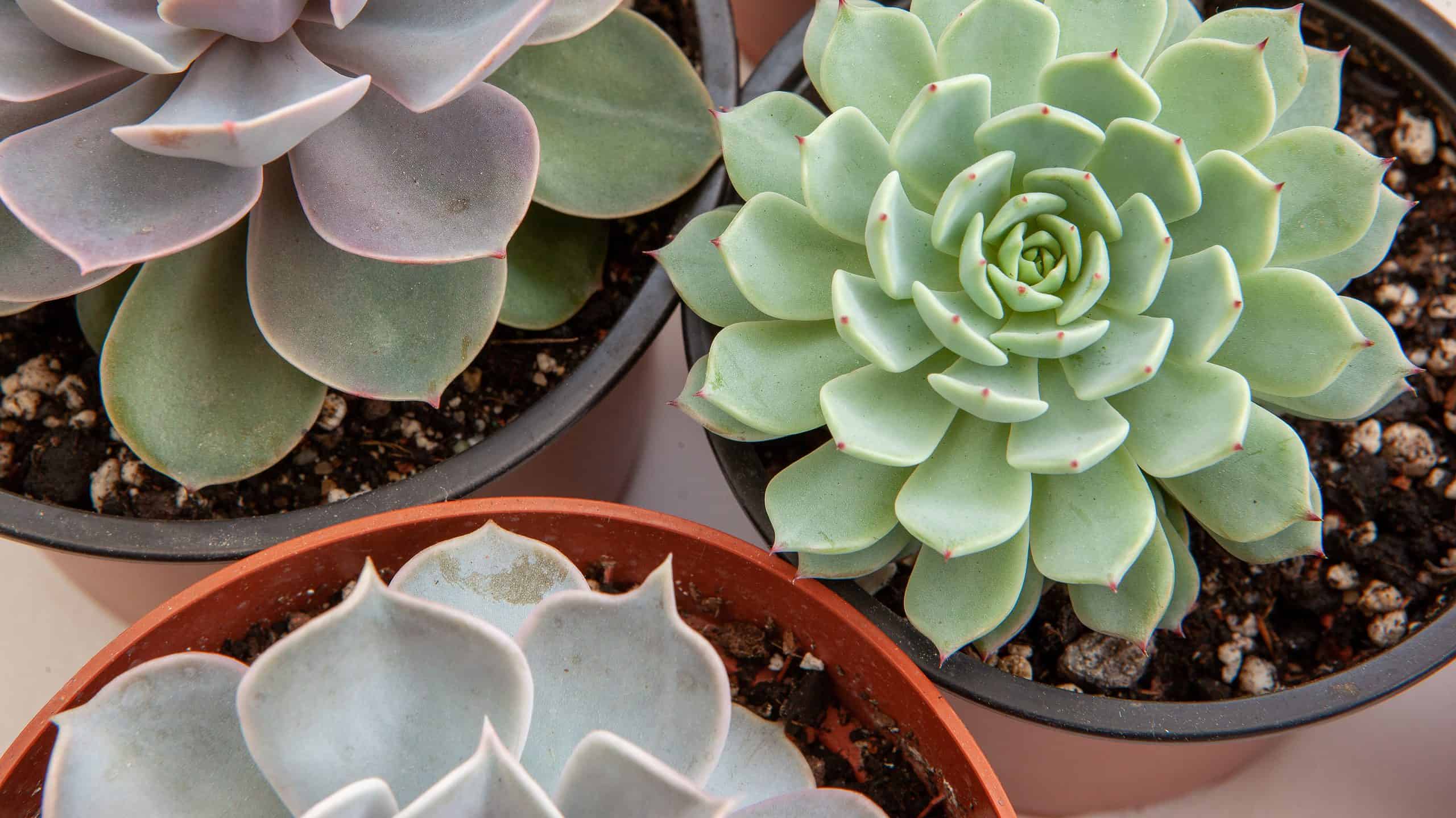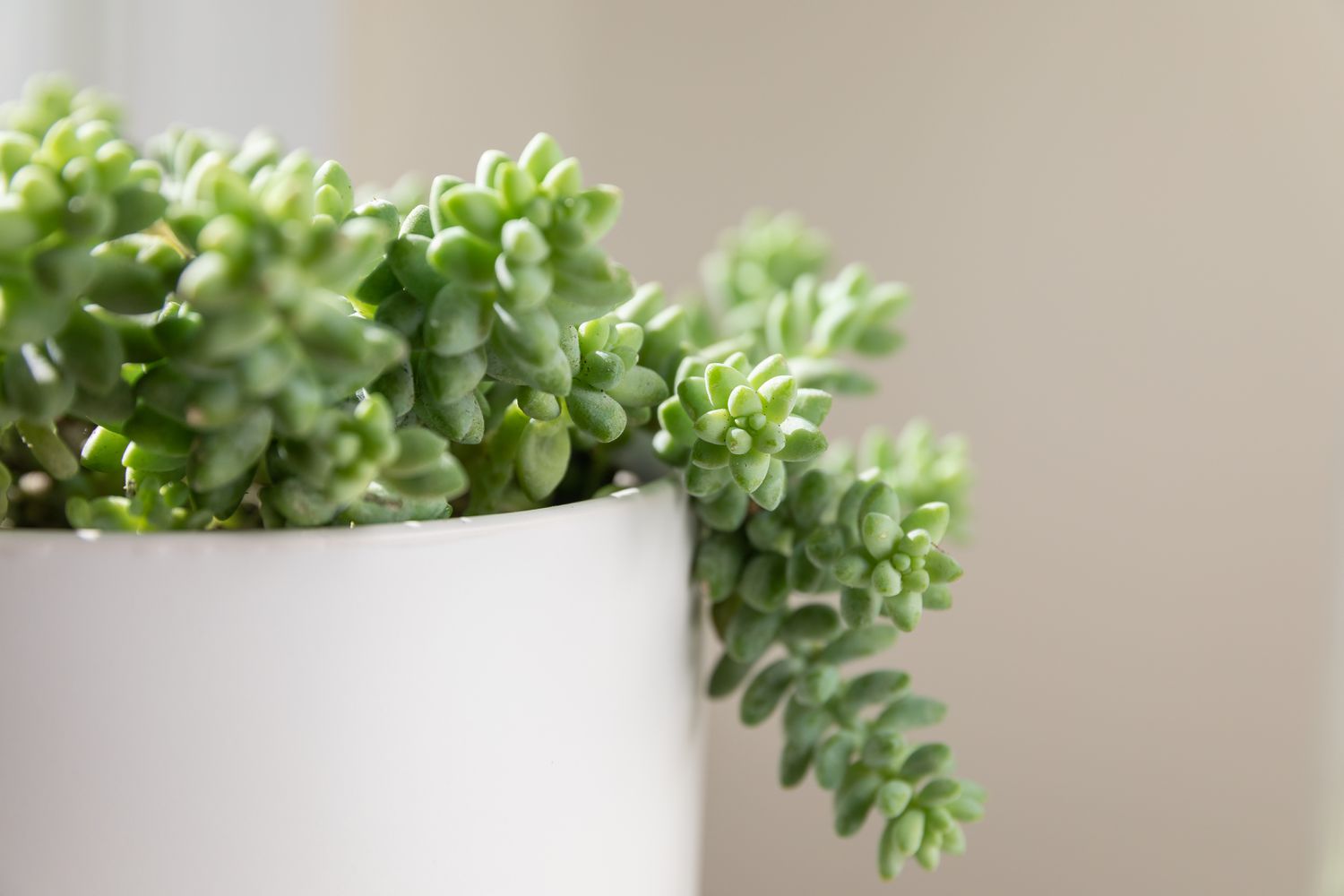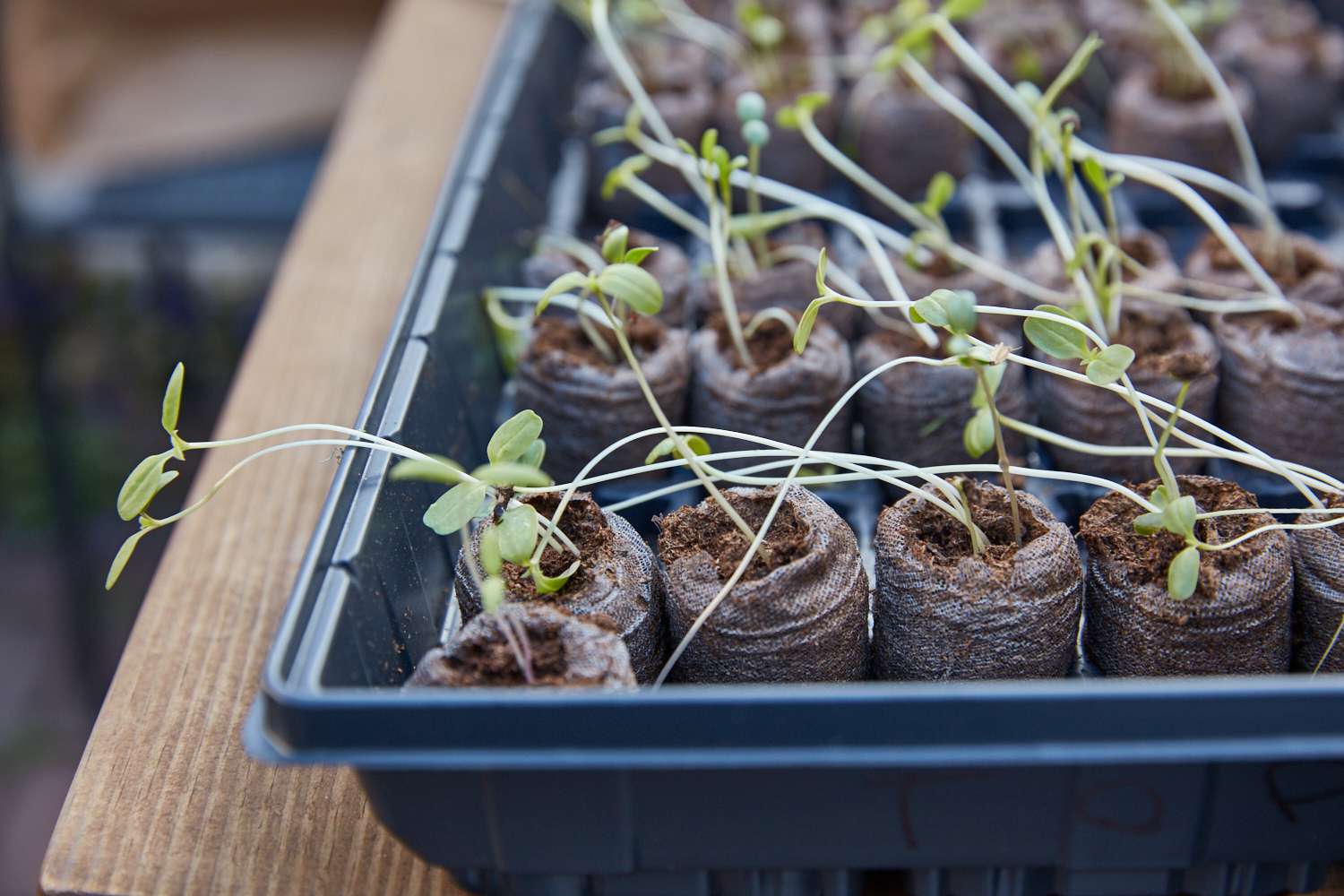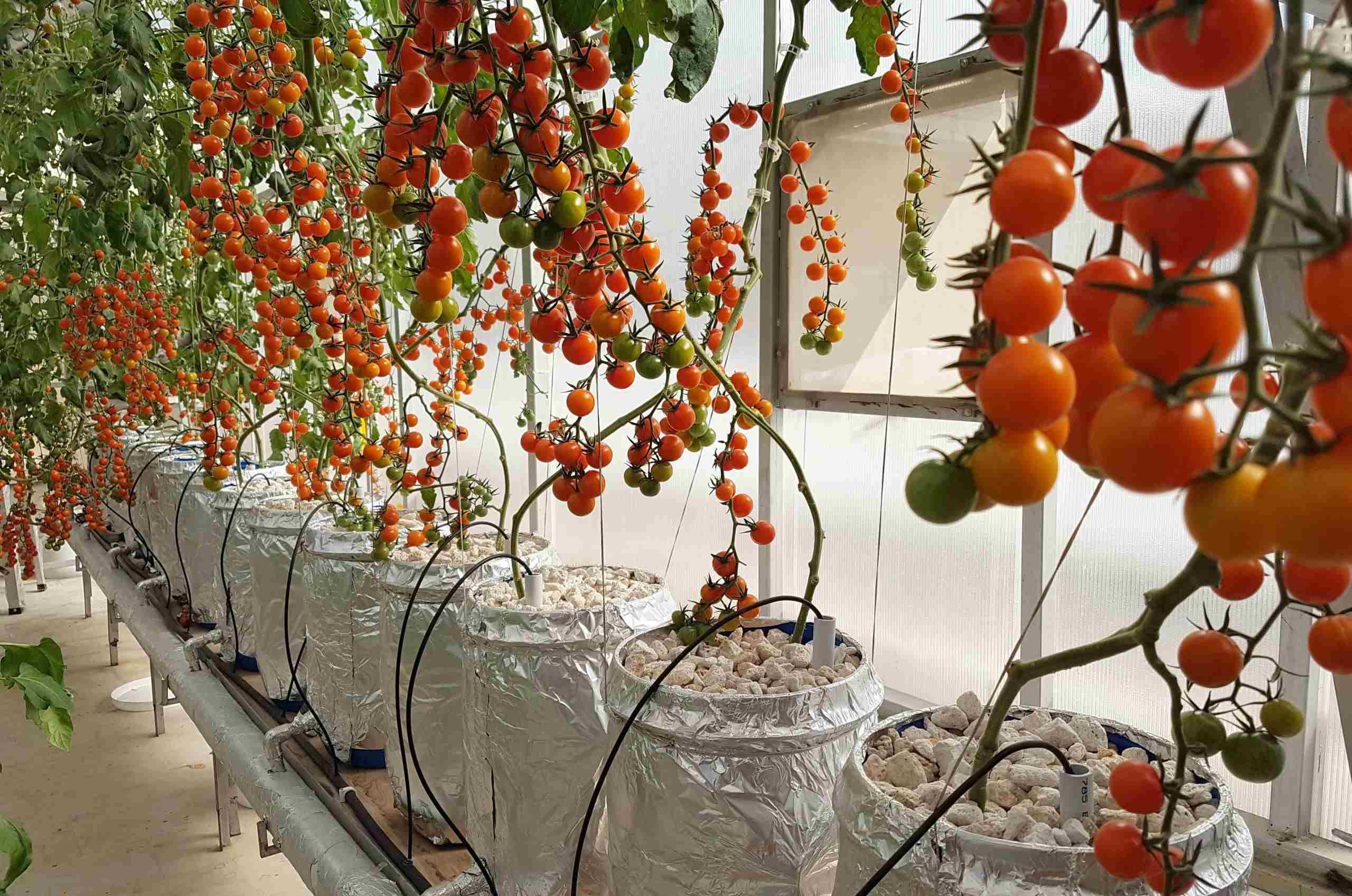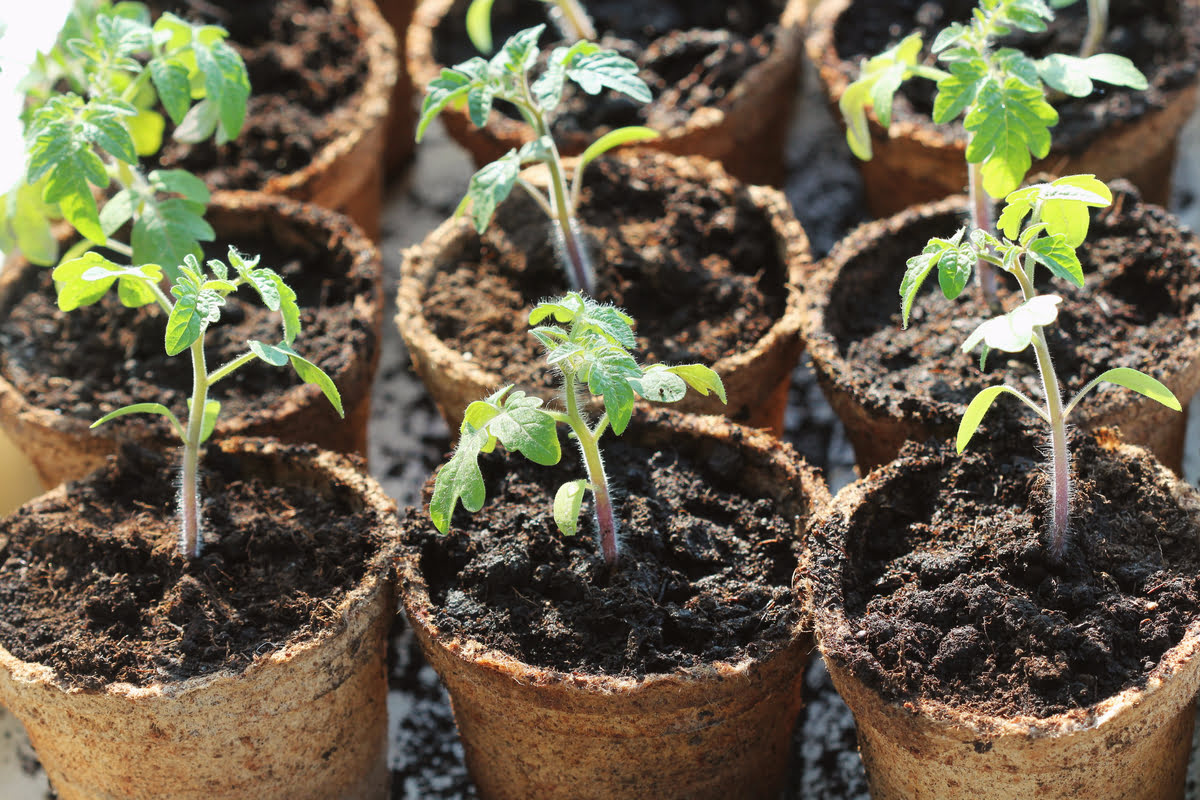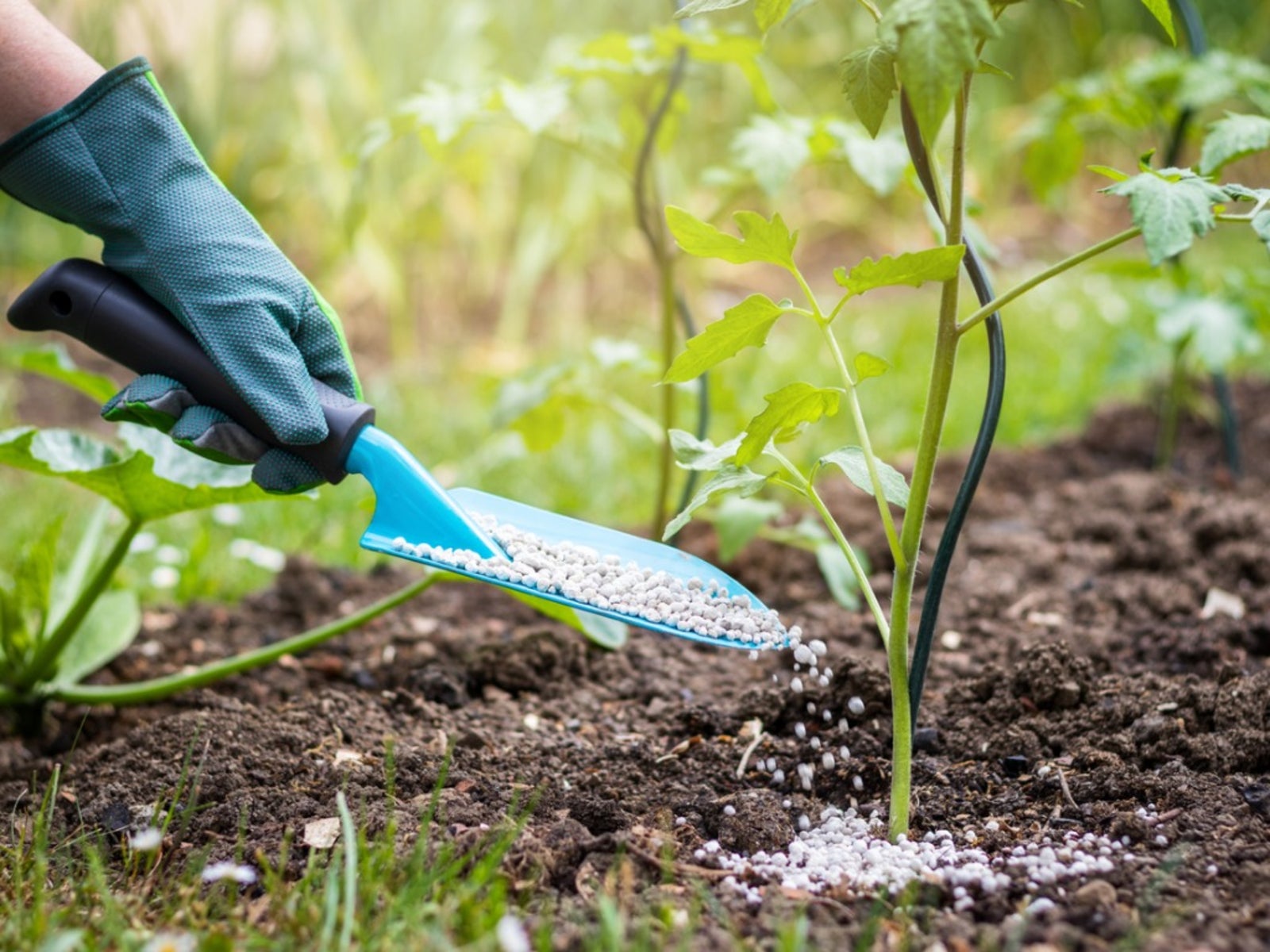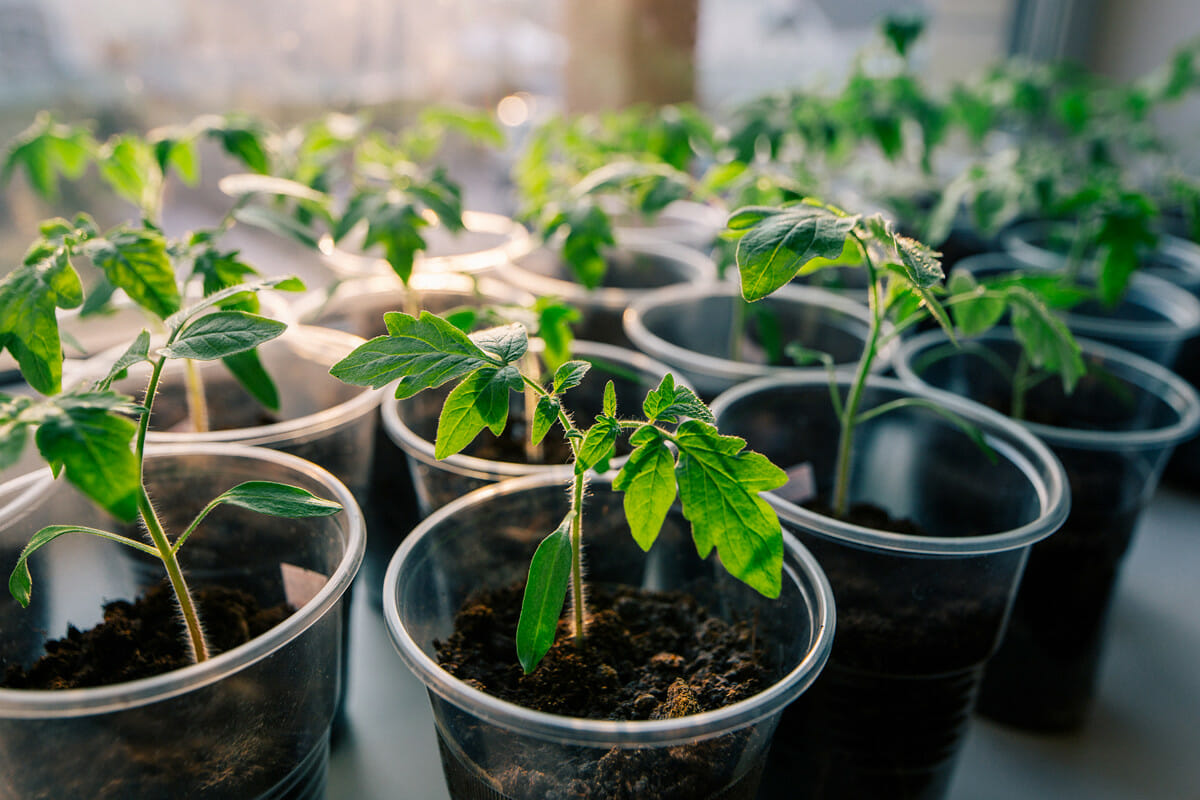Home>Types of Gardening>Edible Gardening>How Fast Do Tomato Seedlings Grow


Edible Gardening
How Fast Do Tomato Seedlings Grow
Modified: January 22, 2024
Discover how fast tomato seedlings grow in your edible gardening journey. Get valuable insights and tips to maximize their growth and yield.
(Many of the links in this article redirect to a specific reviewed product. Your purchase of these products through affiliate links helps to generate commission for Chicagolandgardening.com, at no extra cost. Learn more)
Table of Contents
Introduction
Welcome to the wonderful world of edible gardening, where you can grow your own fresh and flavorful fruits and vegetables right in your backyard! One of the most popular and rewarding plants to cultivate is the humble tomato. Whether you are a seasoned gardener or just starting out, understanding the growth process of tomato seedlings is crucial to ensuring a successful and abundant harvest.
Tomato seedlings, like most plants, go through a series of growth stages before they mature into full-sized plants bearing juicy, ripe tomatoes. From the moment the seed is planted, it embarks on an incredible journey of growth and development. In this article, we will explore the factors that influence the growth of tomato seedlings, the optimal growing conditions, and provide tips to speed up their growth.
Growing tomato seedlings can be a rewarding and exciting experience. Not only do they add vibrant colors and flavors to your garden, but they also offer a sense of accomplishment as you watch them transform from tiny seeds to healthy, productive plants. So, let’s dive in and uncover the secrets behind the speedy growth of tomato seedlings!
Factors Affecting Tomato Seedling Growth
Several factors play a crucial role in the growth and development of tomato seedlings. By understanding these factors, you can provide the ideal environment for your seedlings to thrive. Here are the key factors that influence tomato seedling growth:
- Light: Adequate light is essential for healthy tomato seedling growth. Tomatoes are considered sun-loving plants and require 6-8 hours of direct sunlight per day. Insufficient light can lead to leggy and weak seedlings. If you are starting your seedlings indoors, ensure they are placed near a sunny window or use grow lights to provide the necessary light intensity.
- Temperature: Tomato seedlings thrive in warm temperatures. The optimal temperature range for their growth is between 70-80°F (21-27°C). Cooler temperatures can slow down their growth, while temperatures above 90°F (32°C) can cause stress and hinder development. Maintain a consistent temperature to promote healthy growth.
- Soil Quality: The quality of the soil directly impacts the growth of tomato seedlings. Use well-draining soil that is rich in organic matter. A loose and crumbly texture allows for proper water retention and root development. Adding compost or aged manure can improve the soil’s fertility and provide essential nutrients.
- Watering: Proper watering is crucial for tomato seedling growth. Overwatering can lead to root rot and fungal diseases, while underwatering can cause stunted growth. Keep the soil moist but not overly saturated. Water at the base of the plant rather than overhead to prevent foliar diseases.
- Nutrients: Tomatoes are heavy feeders and require a balanced supply of nutrients for optimal growth. Before planting, amend the soil with organic fertilizers or slow-release granules rich in nitrogen, phosphorus, and potassium. Regularly monitor the nutrient levels and supplement as needed throughout the growing season.
By paying attention to these critical factors, you can create a favorable environment that maximizes the growth potential of your tomato seedlings. Remember, each element works in synergy, so it’s important to maintain a balance and cater to the specific needs of your plants.
Optimal Growing Conditions for Tomato Seedlings
To ensure the healthy growth and development of your tomato seedlings, it is important to provide them with the optimal growing conditions. By creating the ideal environment, you can help your seedlings establish strong roots and develop into robust plants. Here are the key factors for optimal tomato seedling growth:
- Location: Choose a location for your tomato seedlings that receives 6-8 hours of direct sunlight each day. If you are growing indoors, place them near a sunny window or use grow lights to provide adequate light.
- Temperature: Maintain a consistent temperature range of 70-80°F (21-27°C) for your tomato seedlings. Avoid exposing them to extreme temperatures or drafts, which can impede growth.
- Soil Quality: Use well-draining soil that is rich in organic matter. A pH level of 6.0-6.8 is ideal. Incorporate compost or aged manure into the soil before planting to enhance its fertility and nutrient content.
- Watering: Water your tomato seedlings consistently and keep the soil evenly moist. Avoid overwatering, as it can lead to root rot. Water at the base of the plant to prevent foliar diseases.
- Spacing: Provide adequate spacing between your tomato seedlings to allow for proper air circulation and prevent overcrowding. This helps reduce the risk of diseases and ensures that each plant receives sufficient sunlight.
- Support: Tomato seedlings may require support as they grow. Stake or use trellises to provide support for the plants, especially when they start producing fruits. This helps maintain the plants’ upright position and prevents them from bending or breaking.
- Protection: Protect your tomato seedlings from adverse weather conditions, such as strong winds or heavy rain. Use protective covers or move them to a sheltered area when necessary.
- Pest and Disease Management: Monitor your tomato seedlings for pests and diseases regularly. Use organic pest control methods and apply preventive measures, such as rotating crops and maintaining good garden hygiene, to minimize the risk of infestations.
By providing these optimal growing conditions, you will give your tomato seedlings the best chance to flourish and produce a bountiful harvest. Remember to monitor their progress and make adjustments as needed to ensure their continued growth and success.
Timeline of Tomato Seedling Growth
Understanding the timeline of tomato seedling growth is essential for planning and managing your garden effectively. Each stage in the growth process plays a crucial role in the development of healthy and productive plants. Here is a general timeline of tomato seedling growth:
- Seed Germination: After sowing the tomato seeds, germination typically occurs within 5-10 days. During this stage, the seed absorbs water, swells, and eventually sprouts. Keep the soil consistently moist and provide warmth for optimal germination.
- Seedling Establishment: Once the seeds have germinated, tiny seedlings emerge from the soil. They develop their first set of leaves, known as cotyledons, which provide initial energy for growth. The seedling establishment stage lasts for approximately 2-3 weeks.
- True Leaf Development: As the seedlings continue to grow, they will produce their true leaves. These leaves look different from the cotyledons and are the plant’s primary source of photosynthesis. True leaf development usually occurs around 3-4 weeks after germination.
- Transplanting to Larger Containers or Outdoors: Once the seedlings have developed a strong root system and multiple sets of true leaves, they are ready to be transplanted into larger containers or directly into the garden. This typically occurs when the seedlings are 6-8 weeks old.
- Vegetative Growth: After transplanting, tomato seedlings enter a phase of rapid vegetative growth. They continue producing foliage and expanding in size, developing a strong stem and branches. During this phase, it is crucial to provide proper support and pruning as needed to ensure structural integrity.
- Flower Bud Formation: Around 6-8 weeks after transplantation, tomato plants enter the reproductive stage. Flower buds begin to form, signaling the start of fruit production. Ensure adequate pollination by providing access to pollinators or gently shaking the plants to transfer pollen.
- Fruit Development: As the flowers are pollinated, the ovaries swell and form fruit. Depending on the tomato variety, it can take anywhere from 4-8 weeks for the fruits to fully develop and ripen. Monitor the plants for pests and diseases, and provide proper care to support healthy fruit growth.
- Harvesting: The ultimate goal of growing tomato seedlings is to harvest mature and flavorful tomatoes. Harvesting time varies depending on the variety and desired ripeness. Generally, tomatoes are ready to be harvested when they reach their full color and are firm but slightly soft to the touch.
By understanding the timeline of tomato seedling growth, you can plan and manage your garden more effectively. It allows you to anticipate the different stages of growth and provide the necessary care and attention at each phase, ultimately leading to a successful and productive harvest.
Tips for Speeding up Tomato Seedling Growth
If you’re eager to see your tomato seedlings grow and mature quickly, there are several tips and techniques you can implement to accelerate their growth. These strategies will help create optimal conditions and provide the necessary care to promote speedy and healthy growth. Here are some tips for speeding up tomato seedling growth:
- Use High-Quality Seeds: Start with high-quality tomato seeds that are fresh and viable. Choose varieties known for their fast growth and early maturity.
- Provide Optimal Light: Ensure your tomato seedlings receive plenty of direct sunlight or grow lights for 16-18 hours a day. This promotes photosynthesis and robust growth.
- Optimize Temperature: Maintain a consistent temperature range of 70-80°F (21-27°C) to provide the ideal growing conditions for your tomato seedlings. Avoid extreme temperature fluctuations.
- Use a Heat Mat: Consider using a heat mat under your seed trays or containers to provide bottom warmth, which can speed up germination and early growth.
- Water Properly: Water your tomato seedlings consistently, keeping the soil evenly moist. Avoid overwatering, as it can lead to rot, but do not let the soil dry out either.
- Provide Air Circulation: Good air circulation helps strengthen seedlings’ stems and prevents diseases. Use a fan or provide gentle airflow by opening windows or using oscillating fans.
- Supplement with Nutrients: Use balanced organic fertilizers or compost tea to provide essential nutrients for faster growth. Apply foliar sprays of diluted fish emulsion or seaweed extract to boost plant vigor.
- Transplant at the Right Time: When transplanting your seedlings, make sure they have a well-developed root system and multiple sets of true leaves to promote faster establishment.
- Prune and Support: Eliminate leggy growth and promote bushier growth by pruning your tomato plants. Use stakes, cages, or trellises for support, which helps conserve energy and directs growth.
- Protect from Pests and Diseases: Monitor your seedlings for pests and diseases regularly. Identify and address any issues promptly to prevent setbacks in growth and development.
Remember, while these tips can help accelerate tomato seedling growth, it is important to maintain a balance and provide consistent care throughout the growth process. Watch for signs of stress, adjust watering and fertilization as needed, and enjoy watching your tomato seedlings flourish into healthy and productive plants.
Conclusion
Growing tomato seedlings can be a gratifying and rewarding journey for any edible gardener. By understanding the factors that affect their growth, providing optimal growing conditions, and implementing strategies to speed up their development, you can set yourself up for success in cultivating healthy and productive tomato plants.
From the germination of the seeds to the harvest of ripe, juicy tomatoes, each stage in the growth process is essential. Factors such as light, temperature, soil quality, watering, and nutrient supply all play crucial roles in determining the speed and health of your tomato seedlings’ growth. By paying careful attention to these factors, you can create the ideal environment to support their development.
Additionally, implementing tips such as using high-quality seeds, optimizing light and temperature conditions, proper watering and feeding, and providing support, pruning, and protection can all contribute to speeding up the growth of your tomato seedlings. These techniques will help maximize their growth potential and give you the opportunity to enjoy homegrown tomatoes sooner.
Remember to be patient and consistent in caring for your seedlings. While the desire to see fast growth is understandable, it’s important to provide the right conditions and care to avoid stressing the plants. With proper care and attention, your tomato seedlings will thrive and reward you with a bountiful harvest.
So, roll up your sleeves, grab your gardening tools, and start cultivating your tomato seedlings. With a little time, effort, and the knowledge gained from this article, you’ll soon be enjoying the flavors of homegrown tomatoes straight from your garden.
